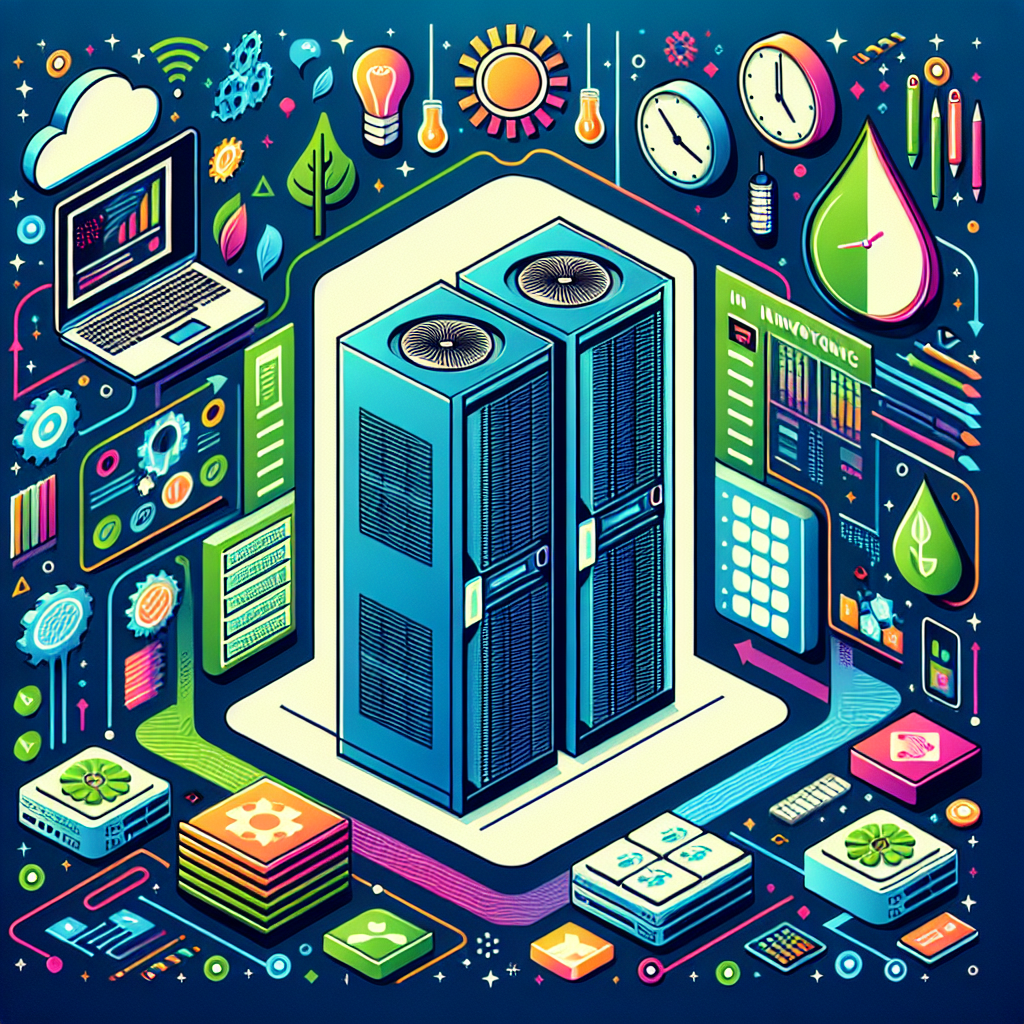Your cart is currently empty!
Innovations in Data Center HVAC: Improving Efficiency and Performance

Data centers play a crucial role in the digital age, serving as the backbone of our interconnected world. These facilities house the servers and networking equipment that power everything from social media platforms to online shopping sites. However, data centers are notorious for their high energy consumption, with cooling systems typically accounting for a significant portion of their electricity usage. In recent years, there have been significant advancements in data center HVAC (heating, ventilation, and air conditioning) technology aimed at improving efficiency and performance.
One of the key innovations in data center HVAC is the use of advanced cooling technologies such as liquid cooling and direct expansion (DX) systems. Liquid cooling involves circulating coolant directly to the heat-generating components in a data center, such as the servers and networking equipment, to remove heat more efficiently. DX systems, on the other hand, use refrigerant to cool the air in the data center, providing more precise temperature control and reducing energy consumption.
Another innovation in data center HVAC is the use of intelligent cooling systems that leverage data analytics and artificial intelligence to optimize cooling efficiency. These systems continuously monitor the temperature and humidity levels in the data center and adjust cooling capacity as needed, leading to significant energy savings. By using real-time data and predictive analytics, data center operators can identify potential issues before they escalate, improving overall performance and reliability.
Furthermore, modular and scalable cooling solutions have gained popularity in recent years as data centers continue to scale up in size and capacity. These solutions allow data center operators to easily add or remove cooling capacity as needed, providing flexibility and cost savings. Additionally, advanced airflow management techniques, such as hot aisle containment and cold aisle containment, help to improve airflow efficiency and reduce cooling costs.
Lastly, the use of renewable energy sources, such as solar and wind power, in data center HVAC systems is becoming more prevalent as companies strive to reduce their carbon footprint. By harnessing renewable energy, data centers can lower their reliance on traditional power sources and decrease their environmental impact.
In conclusion, innovations in data center HVAC are essential for improving efficiency and performance in today’s digital age. From advanced cooling technologies to intelligent cooling systems and renewable energy sources, data center operators have a wide range of options to optimize their HVAC systems and reduce energy consumption. By embracing these innovations, data centers can not only improve their operational efficiency but also contribute to a more sustainable future.

Leave a Reply